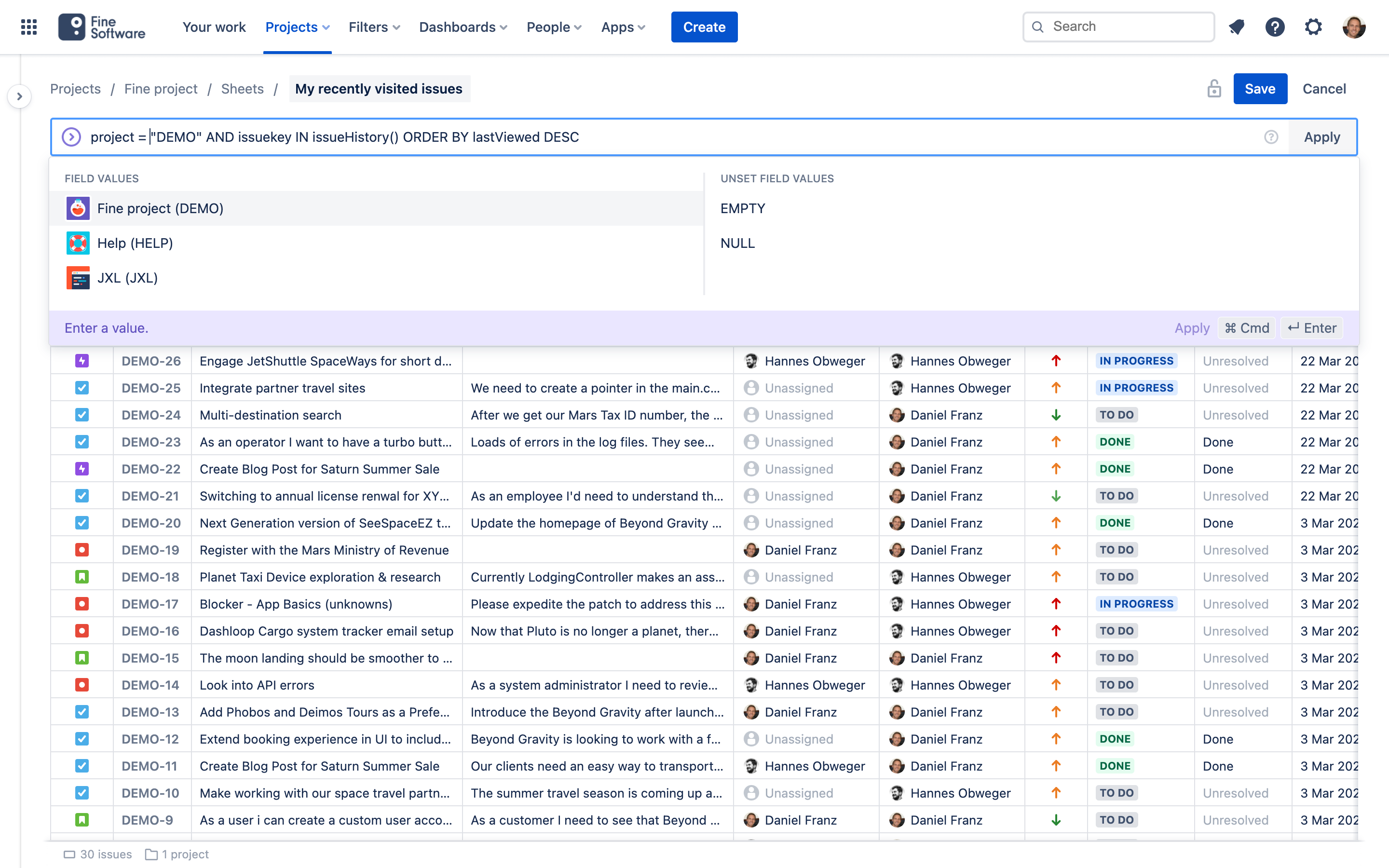- April 13, 2021
- by:
- in: Blog
After his last startup, Framed Data, was acquired by Square, Thomson Nguyen began exploring new ideas. While an entrepreneur-in-residence at Kleiner Perkins, Nguyen interviewed hundreds of small business owners and realized that many pay hundreds of dollars in fees to maintain a business checking account. “Most small businesses are low margin, high cash flow, so
After his last startup, Framed Data, was acquired by Square, Thomson Nguyen began exploring new ideas. While an entrepreneur-in-residence at Kleiner Perkins, Nguyen interviewed hundreds of small business owners and realized that many pay hundreds of dollars in fees to maintain a business checking account. “Most small businesses are low margin, high cash flow, so they don’t have $4,000 just laying around,” Nguyen told TechCrunch. “We found in our analysis that micro-SMBs actually end up paying on average $450 in overdraft fees a year.”
Nguyen’s new startup Hatch recently launched its first two products and announced today it has secured a total of $20 million in funding from investors like Kleiner Perkins, Foundation Capital, SVB and Plaid’s founders. The fintech’s Hatch Business Checking accounts cost $10 a month, don’t charge non-sufficient funds (NSF) or overdraft fees and includes cashback offers. Eligible account holders can also enroll in Hatch Cover, which covers overdrafts up to $100, or apply for lines of credit.
Some of Hatch’s customers have hundreds of employees, but Nguyen said the startup primarily focuses on businesses with up to 20 people. Many are run by only one person, who might be setting up a business account for the first time.
Hatch draws on Nguyen’s professional and personal backgrounds. Framed Data, a predictive analytics company, was acquired by Square in 2016. He worked as Square Capital’s head of data science before becoming an entrepreneur-in-residence at Kleiner Perkins in 2018, focusing on fintech and machine learning problems. As a child of immigrants, Nguyen saw firsthand the challenges small businesses can face.
“During my time at Kleiner, the goal was to think about what other problems I wanted to solve. I definitely wanted to solve additional problems within small businesses. I think a lot of what I appreciate about Square’s mission of economic empowerment for small businesses also really resonated with my own family story,” he said. “My parents immigrated here from Vietnam after the war and were like so many immigrants to the States to start small businesses. Figuring out how to use whatever talents I had to try to make it easier to start small businesses was definitely something I wanted to pursue.”
Hatch’s leadership team, including alumni of fintech companies and major financial institutions like Square, Stripe, Morgan Stanley and JP Morgan, talked to small business owners, and found that recent immigrants or people without credit histories were paying the majority of bank fees. The startup raised a $5 million seed round from Kleiner Perkins, Abstract Ventures and former Square executive Gokul Rajaram in January 2019, then a $14 million Series A round from Foundation Capital, SVB and Plaid founders William Hockey and Zack Perret in February 2020.
Hatch Business Checking began rolling out in January and currently has 4,000 users. The company’s inception coincided with an especially brutal time for many small business owners, as they weathered the COVID-19 pandemic’s economic impact and navigated the process of getting government aid through the Coronavirus Aid, Relief and Economic Security (CARES) Act.
“Initially I was a little worried, but as I was talking to all of our small business customers and even as I was doing these interviews, I realized that amidst a global pandemic, it’s been humbling to see the grit and perseverance of small business owners trying to innovate and learn,” Nguyen said.
For example, some of Hatch’s users are restaurants that hadn’t done deliveries before, but quickly signed up for multiple on-demand platforms like Postmates or Uber Eats. Others include accountants and lawyers who figured out how to move their practices online.
Hatch serves businesses in a wide range of sectors, including first-time entrepreneurs.
“There’s been this interesting trend of sole proprietors and individual creators who maybe had a side hustle, and after they were laid off during COVID, they decided, okay, I’m going start a small business,” Nguyen said. “Through our research, that’s actually how a lot of small businesses think of themselves, not as Thomson Tacos LLC for example, but just as myself, as Thomson, a person who is running this business.”
The startup uses machine learning to automate Hatch Business Checking’s online sign-up process and its know your customer (KYC) and know your business (KYB) requirements. This includes confirming business incorporation paperwork, social security or employer ID numbers and regulatory compliance like Office of Foreign Asset Control (OFAC) checks. Hatch can approve applications in less than five minute. Once that process is complete, customers get a MasterCard virtual number and can link external bank accounts. Hatch also uses machine learning for real-time fraud and risk monitoring.
Nguyen said Hatch launched its overdraft coverage program because “we found it is a really great way for folks to get themselves out of a bind, finish the point sale and then top up their account later.”
If a business with a Hatch Business Checking account needs more working capital, it can apply for a Hatch Business Line of Credit, or loans between $200 to $5,000 at an APR of 18% to 24%. Hatch does not do hard credit checks and sees the credit lines as an alternative to the payday lenders or check cashers that customers without a FICO score or subprime ratings often use.
To screen loan applicants, Hatch uses information from their Business Checking accounts, including activity from connected point-of-sale systems. This allows Hatch to see real-time data and forecast a business’ potential forward revenue. It also enables the company to approve credit lines in as little as two hours.
“A hard credit check is actually quite difficult for recent immigrants or Americans who had trouble in their recent history. If you declare bankruptcy, it takes seven years to get it struck off your credit history,” said Nguyen. “To us, I think the more important factors are whether you actually have a business and whether that business is growing. We have a couple of examples of folks who declared bankruptcy three or four years ago, but they have a business that is booming and growing, and we’re happy to underwrite or originate that line of credit for them.”
But he emphasizes that Hatch, a signatory of the Small Business Owner’s Bill of Rights, does not see lending as permanent solution and will not encourage its users to take on unnecessary debt.
“I think the reason we feel so strongly about this is that we want to win when our customers win,” Nguyen said. “If all we did was lending, then you would almost have a misalignment of incentives where you want to encourage lending retention. Given our business bank accounts and our revenue model, which is $10 a month and debit interchange, we really win when the business continues to exist. So for us, it’s almost a matter of building that financial independence for our customers.”
Hatch currently covers overdrafts and credit lines with its own balance sheet. “Because we’re using machine learning data to understand our own risk position, the main focus right now is to understand how businesses grow and model those products accordingly,” said Nguyen.
In an emailed statement, Kleiner Perkins partner Ilya Fushman told TechCrunch, “Small businesses account for nearly half of all economic activity in the U.S., but are often hamstrung by the banking ecosystem today. Hatch is democratizing access to the financial resources that small businesses need to start out and grow. Thomson and team are already working with thousands of SMBs and are uniquely suited with the technology and industry expertise to help them grow with the financial resources they need to be successful.”
In his statement about Foundation Capital’s investment, partner Charles Moldow said, “Our view at Foundation Capital is that the next phase of financial innovation is confluence: a coming together of lending and mobile banking. Hatch is a breaker wave of this movement for small businesses. That Thomson and his team were able to so rapidly stand up the only full-solution, mobile-first bank offering for SMBs is a testament to what they can and will accomplish.”
Since Hatch’s Series A, it has grown its team from eight people to 48, hiring remotely during the pandemic. Its plan is to expand its Business Checking accounts and continue building products for the estimated 40 million small businesses in the United States.
“When I think of the future products we can provide, it really centers around how do we make sure that a small business succeeds in starting up correctly and efficiently, and scaling their business,” said Nguyen. “Sometimes that’s financial products like our business accounts. Potentially, it could be software products that help you actually start that business. So there’s a wealth of different ideas and directions in which we can take Hatch.”








